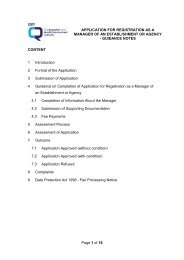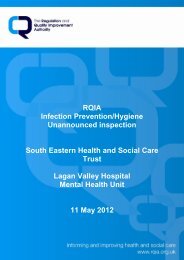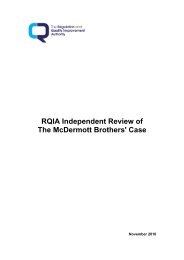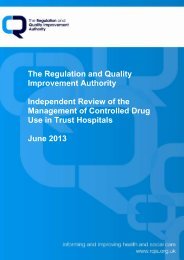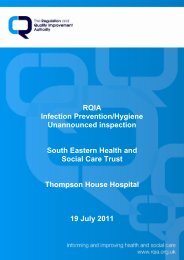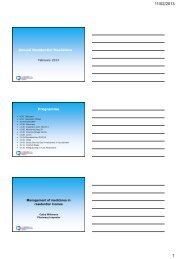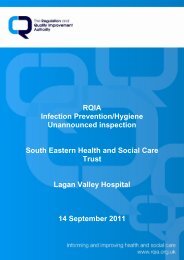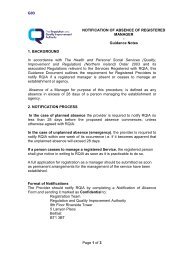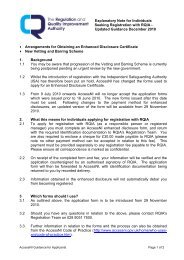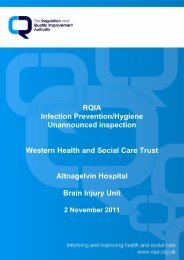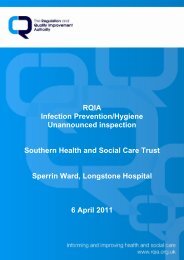Moylena, Muckamore Abbey Hospital - Regulation and Quality ...
Moylena, Muckamore Abbey Hospital - Regulation and Quality ...
Moylena, Muckamore Abbey Hospital - Regulation and Quality ...
Create successful ePaper yourself
Turn your PDF publications into a flip-book with our unique Google optimized e-Paper software.
The patient’s capacity to consent to venepuncture was discussed. An<br />
inspector was advised that the patient lacked capacity to make decisions<br />
about this <strong>and</strong> would be uncooperative with the required procedures. The<br />
inspector identified that the patient is not formally detained on the ward under<br />
the Mental Health (Northern Irel<strong>and</strong>) Order 1986 <strong>and</strong> as such was not obliged<br />
to accept this intervention.<br />
The inspector was concerned to note that no formal best interests discussions<br />
or decisions had been taken in respect of this aspect of the patient’s care <strong>and</strong><br />
treatment. The principles of proportionality <strong>and</strong> necessity did not appear to<br />
have been explored. There was no evidence within the care records of less<br />
restrictive measures being considered or of the alternatives to venepuncture.<br />
The patient’s family did not appear to be aware of any physical interventions<br />
within the patient’s care <strong>and</strong> treatment. The patient had not been referred to<br />
the independent advocacy service.<br />
There were no apparent safeguards for this patient in relation to their rights<br />
<strong>and</strong> in the absence of such safeguards, this aspect of their care <strong>and</strong> treatment<br />
was significantly compromising the patient’s dignity.<br />
5.3 Activities<br />
Concerns raised during the previous inspection in relation to activities were<br />
discussed during this inspection <strong>and</strong>, with the exception of the recent input<br />
from a student nurse on placement, the patient’s activity assessments <strong>and</strong><br />
care plans had not been reviewed.<br />
Patients were noted to be spending the majority of their time in three specific<br />
group rooms, each of which contained soft seating, a television <strong>and</strong> access to<br />
the outdoor area. One of the group rooms was noted to be secure <strong>and</strong> was<br />
being used by five patients who were unable to leave the room. As stated<br />
previously, all of the patients were nursed in groups <strong>and</strong> as such did not have<br />
any choices in relation to which area of the ward they could spend their time.<br />
Patients were observed relaxing in the group rooms <strong>and</strong> appeared<br />
comfortable. Staff were present in each of the group rooms, however there<br />
was no evidence of the provision of activities for patients or of any meaningful<br />
engagement between staff <strong>and</strong> patients. There was an absence of any<br />
personal items or of any items or objects that might provide occupation or<br />
stimulation to patients.<br />
The ward had developed some information for patients in relation to routines<br />
<strong>and</strong> mealtimes. This had been produced in a format which was not suitable to<br />
the needs of all patients. The information on display was noted to be in small<br />
print <strong>and</strong> not immediately available to patients in all areas of the ward.<br />
13





